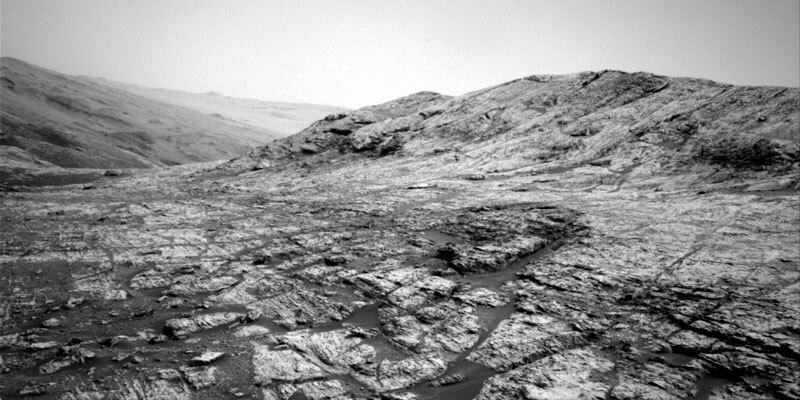2 min read

This image was taken by Right Navigation Camera onboard NASA's Mars rover Curiosity on Sol 2799.
NASA/JPL-Caltech.
Last week while giving a talk on Mars, I was reminded of the times when, as a kid, I used to sketch the features of the Red Planet seen through a telescope in my back yard. It is possible to see some of those features (polar caps, darker and brighter albedo regions, and sometimes clouds) with a telescope having a mirror six inches (~150 mm) or larger in diameter. The features become obvious when the Earth passes Mars, as is happening this year.
The closest approach will be in early October, when the Red Planet comes within 39 million miles (62 million kilometers) of Earth. Opposition—when Mars and the Sun are opposite each other from the Earth’s perspective—will occur just a little later, on the 13
